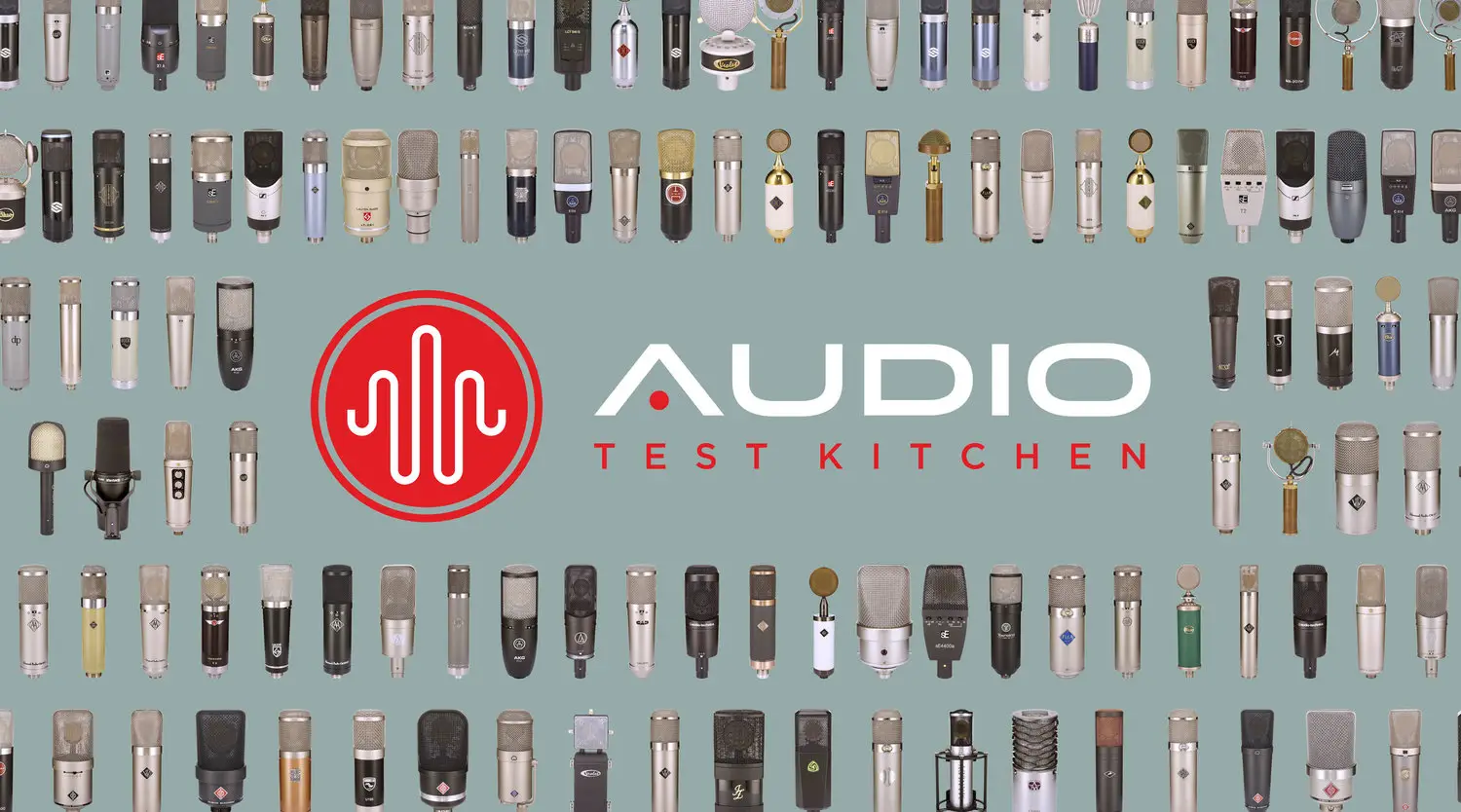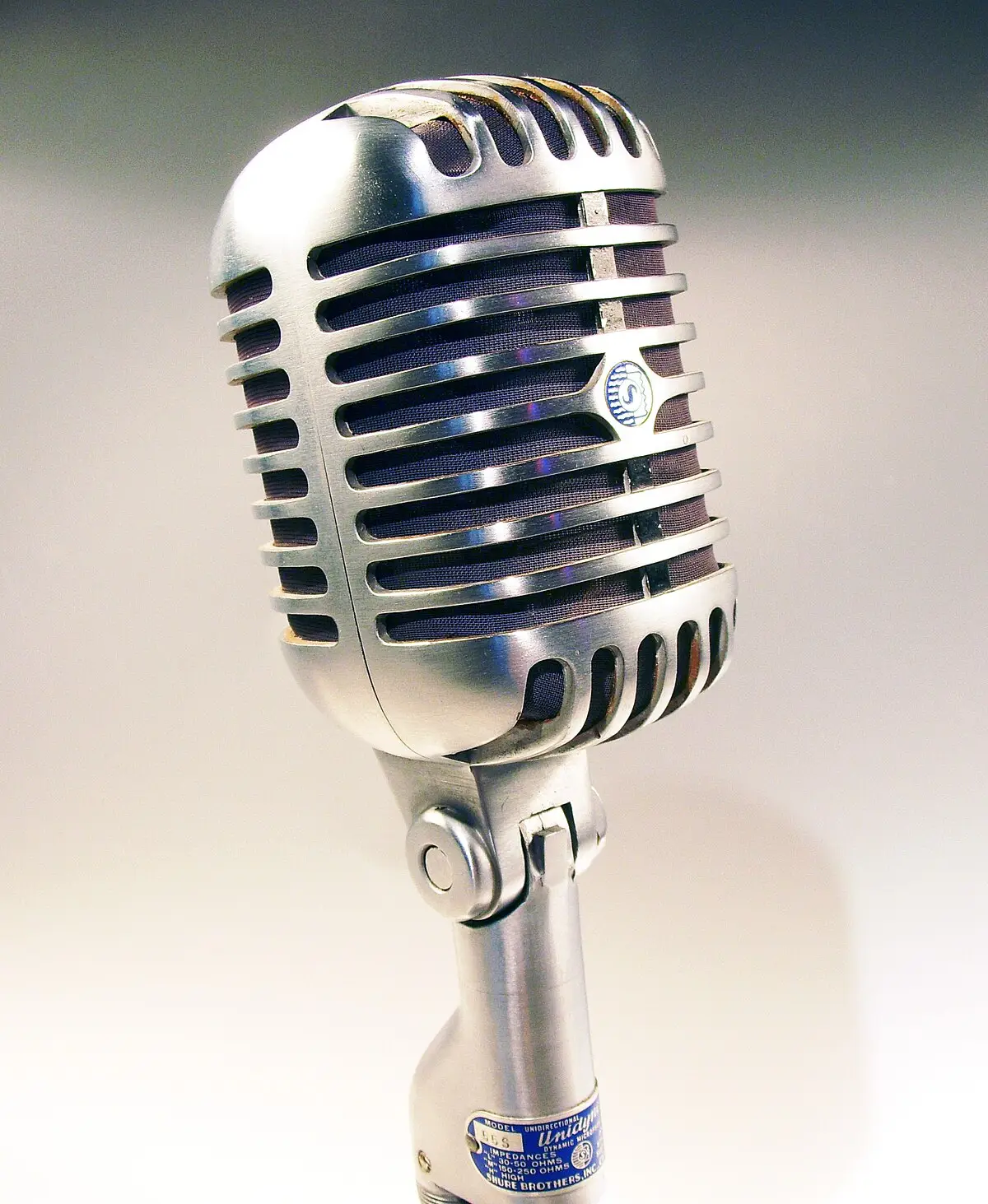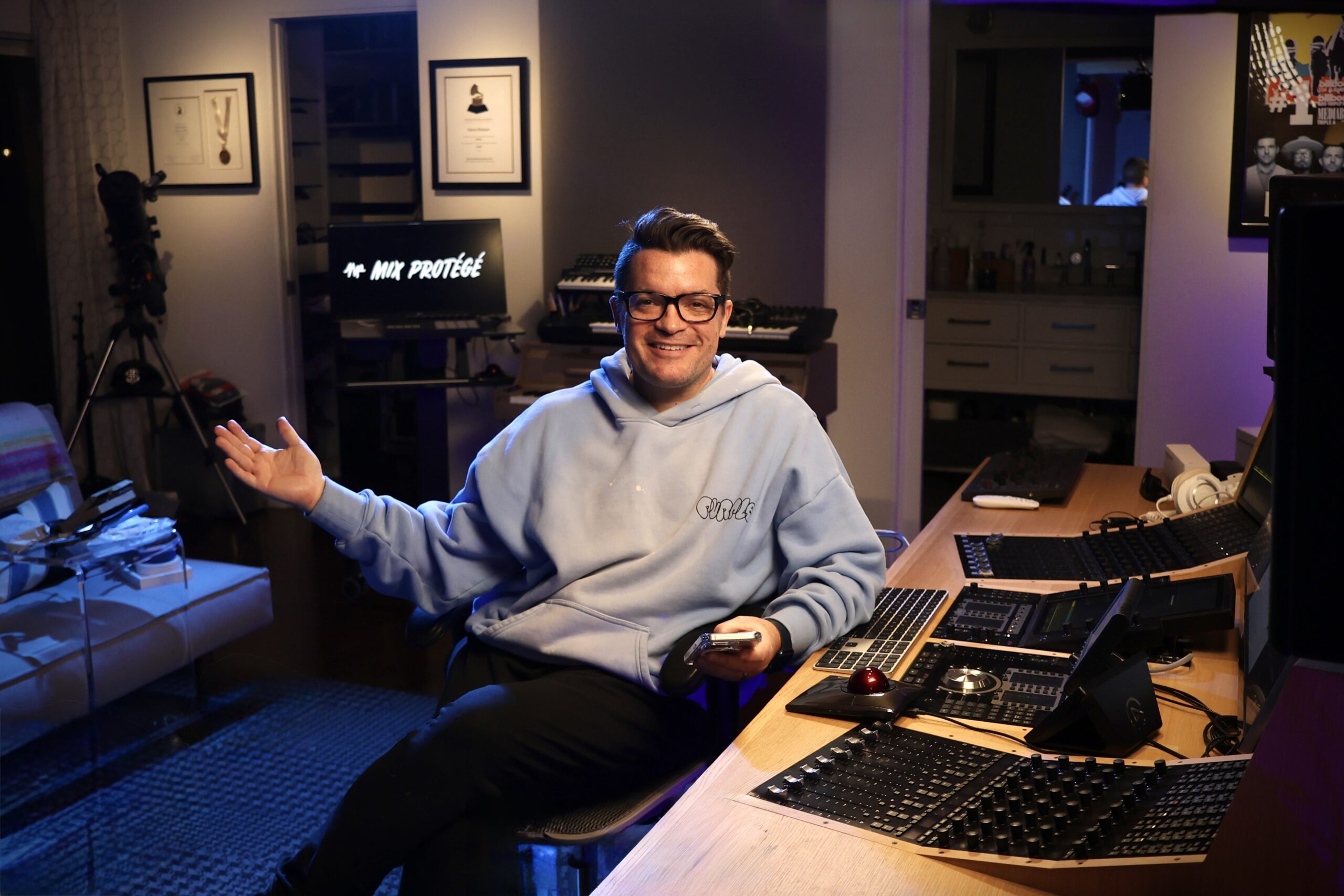-
omni mic question
I’m hoping someone can help me understand this concept —
My understanding is that an Omni directional mic picks up sound from a full 360°, so everything in front of the mic and behind the mic (and sides) is recorded into your wave file. My question is – how does the sound that the microphone is recording in the back of the mic get attributed to your stereo field? Like, does the information that you record behind the mic to the right end up more in your right speaker and the information that you record more on the left side behind the mic go to your left speaker? With standard cardioid position, isn’t it true that you’re mostly picking up sound in front of the microphone and if you listen back to it, it would have some feeling of stereo-ess? Like the sounds coming from the left would be on your left speaker and the sounds coming from the right would be more on your right speaker? I’m not sure if I understand that correctly? But assuming that is correct, I’m still curious how this is all summed in an Omni situation.
Thanks in advance for any wisdom.
JLew
Log in to reply.



